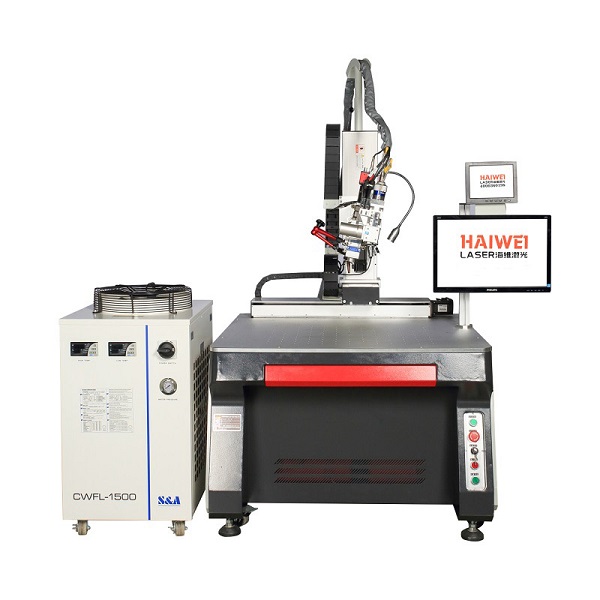Laser Welding Machine: Aluminum Alloy Welding Applications
Using a laser welding machine for aluminum alloy welding is increasingly common in industries like automotive, aerospace, and battery manufacturing. Aluminum’s high thermal conductivity and reflectivity make it challenging to weld, but modern laser systems offer reliable solutions when applied correctly.

High Precision with Low Distortion
Aluminum expands and conducts heat quickly, which can lead to warping with traditional methods. A laser welding machine delivers concentrated energy, minimizing the heat-affected zone. This results in narrow, deep welds with less distortion—critical for thin sheets and complex assemblies.
Improved Weld Quality and Strength
Laser welding produces consistent fusion with good penetration, reducing porosity when parameters are optimized. The process supports both conduction and keyhole welding modes, allowing flexibility based on joint design and thickness. Proper shielding gas, usually high-purity argon, helps prevent oxidation and stabilize the weld pool.
Reflectivity Management
Aluminum reflects a significant portion of near-infrared laser light, especially at low power. To overcome this, systems use high-brightness lasers and controlled pulse shaping. Starting with a higher peak power pulse helps initiate the weld reliably, after which energy input can be adjusted for smooth progression.
Automation Compatibility
Laser welding machines integrate well with robotic arms or CNC stages, making them suitable for automated aluminum production lines. This ensures repeatable weld quality across large batches, reducing reliance on skilled manual welders.
Joint Design and Fit-Up Requirements
For successful aluminum laser welding, tight joint fit-up is essential. Gaps over 0.1 mm can cause incomplete fusion or excessive spatter. Proper clamping and fixturing are necessary to maintain alignment during welding.
Surface Preparation Matters
Oxide layers and contaminants on aluminum surfaces must be removed before welding. Cleaning with a stainless steel brush or solvent improves arc stability and reduces defects.
When properly set up, laser welding machines provide a stable and efficient method for aluminum welding. For users considering aluminum laser welding, focus on system stability, beam quality, and process control to achieve strong, clean, and consistent results.
Recent Posts
- What are the advantages of laser welding machines in lithium battery pack production lines?
- What issues should be noted when choosing a lithium battery pack production line?
- Quality Inspection and Control of Lithium Battery Module Pack Production Line
- Cell grouping and sorting process in lithium battery module pack production line
- What are the safety hazards of lithium battery pack production lines and how can they be prevented?
INQUIRY

